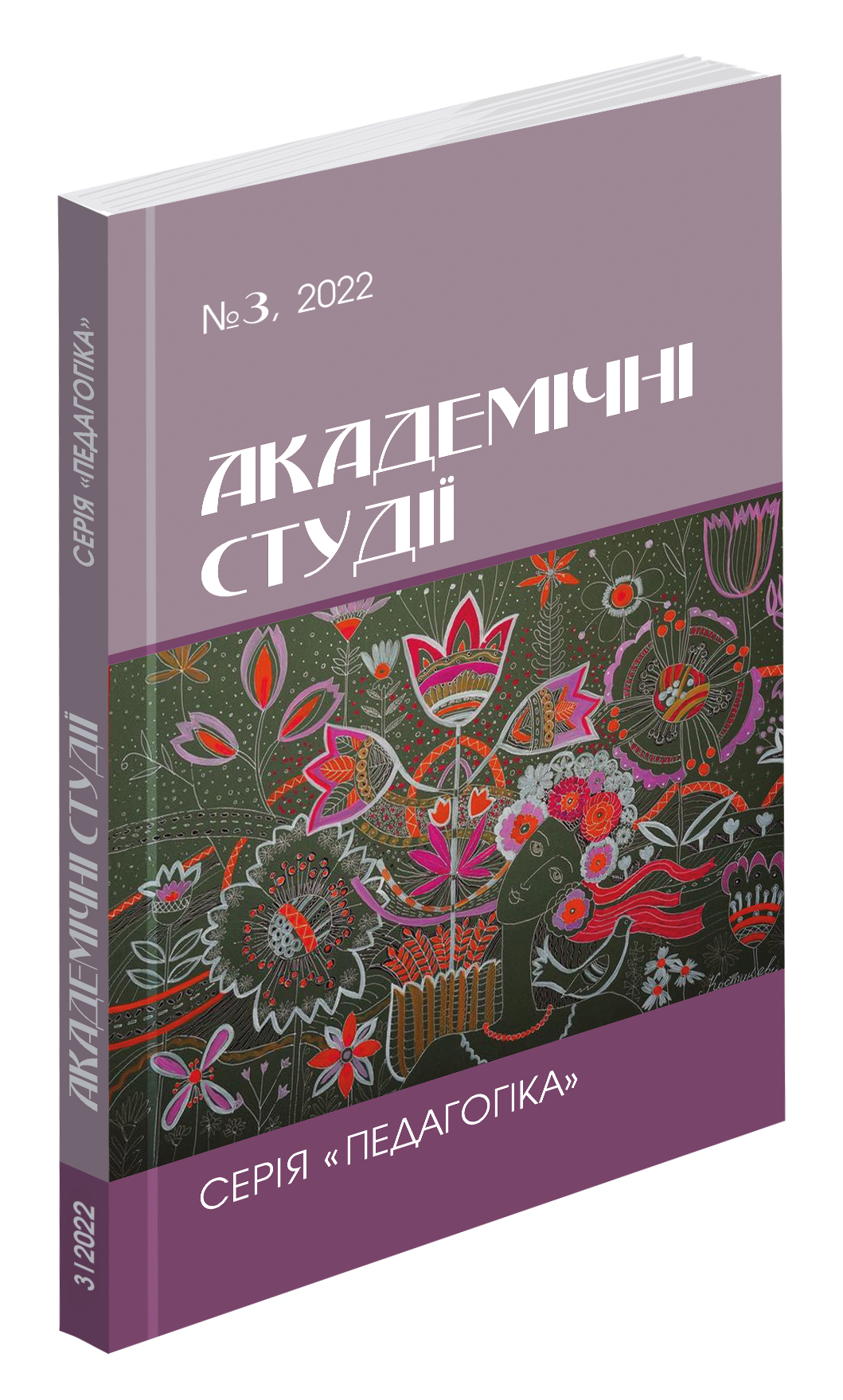Abstract
The article focuses on studying the peculiarities of using interactive methods and teaching techniques in the lessons of literary reading in primary school. It clarifies the concepts of “interactive”, “interactive technology”, “interactive teaching methods”, reveals the essence of modern views on game education of younger schoolchildren in accordance with the requirements outlined in the Concept of the New Ukrainian School and the State Standard of Primary General Education. Attention is focused on the history of the development of interactive learning in psychological, pedagogical, and methodical literature. The article points out the role of scientific achievements in the development of an important problem of interactive learning of scientists I. Dychkivska, H. Kobernyk, O. Kondratiuk, O. Komar, O. Pyrozhenko, N. Pobirchenko, O. Pometun, A. Panchenkov, O. Pehota, A. Nisimchuk, O. Savchenko, H. Selevko, and others. Different views on the method of using interactive technology in the modern educational process of primary, secondary, and higher education are highlighted. The article describes the characteristic features of interactive learning technology, the use of methods, techniques, and tools for its implementation in primary school classes, in general, and literary reading classes, in particular. Special attention is paid to the game activity of younger schoolchildren, which is an important basis for interactive learning of children of younger school age. The game method is actively used in all lessons in the primary education system, as while playing, pupils learn about the world, reveal their abilities, learn to think critically, share their experiences, and borrow the experience of other children in constant interaction. The article attempts to describe the game as a kind of interactive method in the lessons of literary reading, to demonstrate various options for its application, such as working in pairs, small groups, etc. Interactive games within the framework of the specified technology encourage children of primary school age to interact both with the teacher and with individual pupils of the class in various educational situations, in a relaxed environment, as well as in working with a textbook, various didactic materials, innovative teaching aids, such as a tablet, computer, interactive whiteboard.
References
Демчук А. Використання інтерактивних форм і методів навчання у початковій школі. Методична розробка. Київ, 2020
Дидактична гра (Форми навчання у школі). Книга для вчителя / за ред. Ю. І. Мальованого. Київ : Освіта, 2018. 104 с.
Дичківська І. М. Інноваційні педагогічні технології на уроках літературного читання : підручник. Київ : Академвидав, 2012. 352 с.
Інтерактивні методи навчання у початковій школі. [Електронний ресурс]. Режим доступу: http://prolisok.it-we.net
Впровадження інтерактивних технологій навчання в початковій школі. [Електронний ресурс]. Режим доступу: https://naurok.com.ua
Комар О. А. Теоретичні та методичні засади підготовки майбутніх учителів початкової школи до застосування інтерактивної технології : дис. ... доктора пед. наук : 13.00.04. Умань, 2011. 512 с.
Столяренко Л. Д. Соціальна психологія, 2014. https://stud.com.ua//spilkuvannya_interaktsiya
Типова освітня програма розроблена під керівництвом О. Я. Савченко. [Електронний ресурс]. Режим доступу: http://osvita.ua/school/program /index.htm. С. 10.

